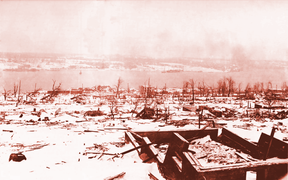 On board and alongside the SS Mont-Blanc were twenty-six men whose bodies were never found.
On board and alongside the SS Mont-Blanc were twenty-six men whose bodies were never found.
Seven navy men, and nineteen crew members of the Stella Maris, had been attempting to fit a tow cable to the deck of the burning vessel. The sheer force of the blast disintegrated them entirely.
Survivors of the Stella Maris, sheltered in the hold, sustained critical injuries.
The blazing SS Mont-Blanc had been stuck against Pier 6, at the foot of Halifax's residential Richmond District. Several industrial sites and warehouses were in the vicinity. Crowds had gathered and four different fire brigades were trying to put out the fire.
Detonation hit them with temperatures exceeding 5,000 degrees Celsius (9032°F).
In the seconds after the explosion, a shock-wave shot out in all directions at 23 times the speed of sound. This was the most deadly aspect of the whole disaster. It bent trees in two 3.5 miles away. It rattled barn doors 100 miles away. It rattled tea-cups off shelves 130 miles away on Prince Edward Island.
At ground zero, it obliterated everything.
Within a radius of 1.6 miles (2.6km), lungs puffed up like balloons and ruptured; heads and limbs were blown off; buildings toppled; and white hot, molten iron rained down. Even sturdily built factories couldn't withstand the onslaught. The Acadia Sugar Refinery and the Hillis & Sons Foundry both simply ceased to exist, along with all of the workers inside them. The Nova Scotia Cotton Mill saw its upper concrete floors give way, crashing down onto the factory floor.
Gas pipes cracked and warped, lifted clear of the ground. Stoves fell and hearths shattered, sending burning fuel into the polluted air. Secondary mini-explosions and house fires quickly engulfed the city. Those trapped in the rubble couldn't flee those infernos.
But only thirty fire officers remained alive.
Every glass window in Halifax shattered, filling the air with fatal shards. One man was saved by the fashions of the day. Glass sliced into the high collar of his shirt, but didn't penetrate the starch. Hundreds of others weren't nearly so lucky.
Too many individuals had been standing at their windows at the instant of the blast. They'd been watching the drama unfolding down at the harbor's edge. Now their unprotected faces bore the brunt of flying glass. Six hundred were blinded in the Halifax Disaster. Nor was it over yet.
There was still the tsunami to come. In that, a whole people would perish.


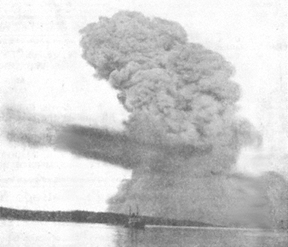 Ships and smaller vessels were carried across the harbor by the force of the blast. Survivors within them all remarked later that they had heard nothing as it happened.
Ships and smaller vessels were carried across the harbor by the force of the blast. Survivors within them all remarked later that they had heard nothing as it happened.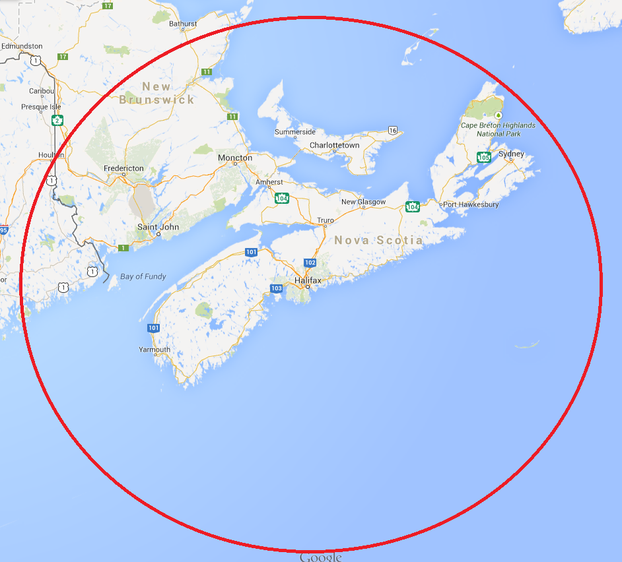


 On board and alongside the SS Mont-Blanc were twenty-six men whose bodies were never found.
On board and alongside the SS Mont-Blanc were twenty-six men whose bodies were never found.
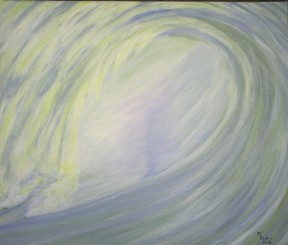 The depth of water in Halifax Harbour is 59 feet (18 meters) at low tide. Yet there were survivors flying across the harbor in their rowing boats, who swore they saw the sea-bed exposed for a few seconds there.
The depth of water in Halifax Harbour is 59 feet (18 meters) at low tide. Yet there were survivors flying across the harbor in their rowing boats, who swore they saw the sea-bed exposed for a few seconds there.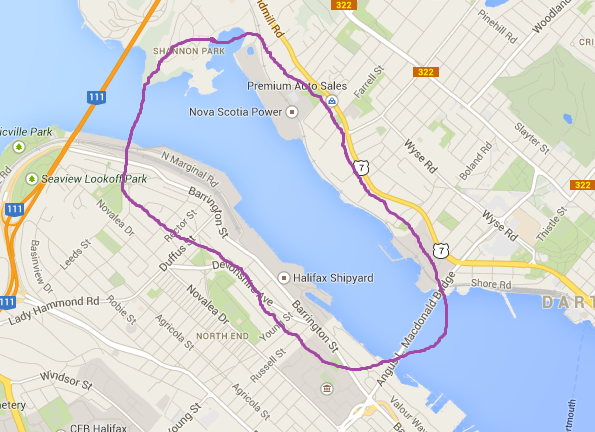



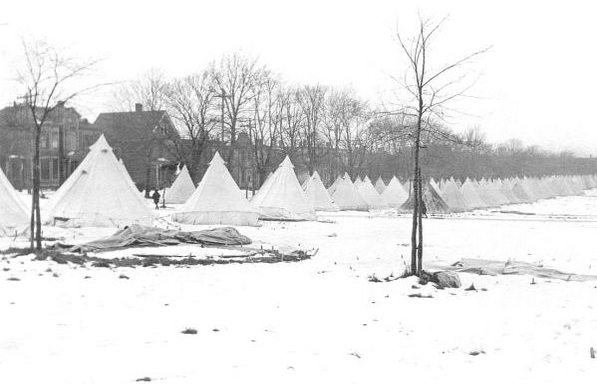






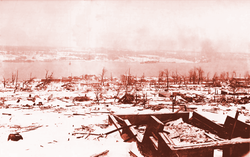

 St Tydecho's Churches in West Waleson 09/03/2014
St Tydecho's Churches in West Waleson 09/03/2014
 Goodies for an Outlander Premiere Partyon 03/06/2015
Goodies for an Outlander Premiere Partyon 03/06/2015
 Holocaust Memorial Day Interview with Rainer Höss, Grandson of Rudolf Architect of Auschwitzon 01/24/2015
Holocaust Memorial Day Interview with Rainer Höss, Grandson of Rudolf Architect of Auschwitzon 01/24/2015
 Romantic Valentine Gifts for an Outlander Fanon 01/16/2015
Romantic Valentine Gifts for an Outlander Fanon 01/16/2015

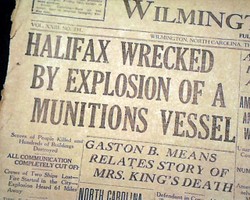
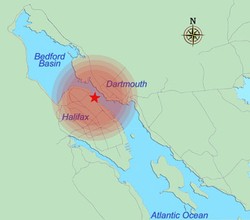
Comments
If two of you are asking, I'd better schedule it in then! If you discover more on a personal note, from your genealogical research, please do report back to us. :)
There is. My husband's relatives now have a branch in Dartmouth so I know the area on both sides of the inlet was rebuilt, but how and when remain a mystery.
I hadn't thought to do so, but I certainly will if there's the interest.
Are you doing what happened nexgt?